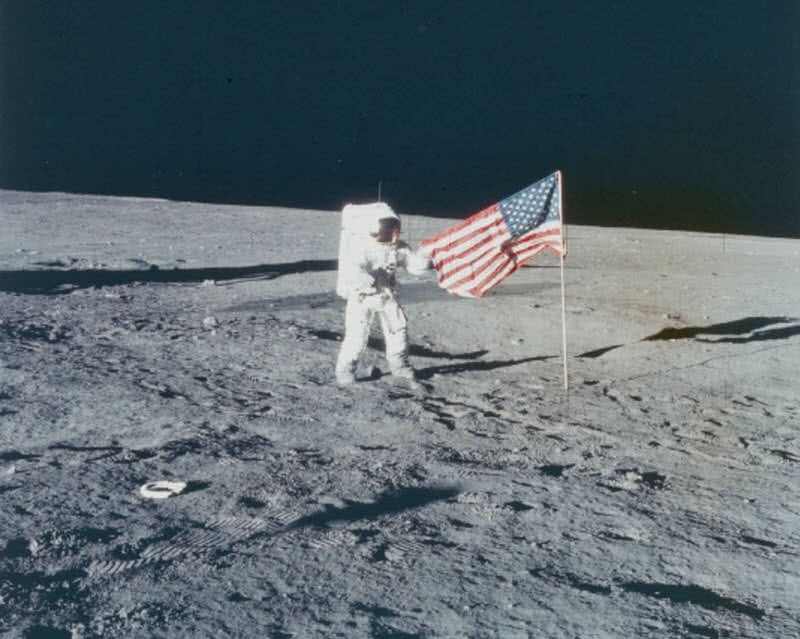

Why is the moon landing still important today? The science from all of the Apollo missions continues to benefit us, including the first use of images of Earth from space to see weather patterns and the adaptation of space tech for medical and other uses, like athletic shoes and water filtration. Two days later, the three astronauts returned to earth, splashing down in the Pacific Ocean and forever changing history. After spending the night on the moon in the Eagle, Armstrong and Aldrin traveled back to dock the Eagle with the Apollo 11 command module, which was manned by Collins. Just as important as the mission itself was the safe return of the astronauts. His words during that historic moment are now famous: “That’s one small step for man, one giant leap for mankind.” Astronaut Buzz Aldrin joined him soon after, and they spent hours performing tests and collecting samples of rock to bring back to earth. After six hours of safety preparations in order to survive on the moon’s surface, Neil Armstrong stepped outside onto the shallow crater on the moon’s surface known as the Sea of Tranquility. The moon landing was daring, with the Eagle touching down with only 20 seconds of landing fuel left. Collins stayed in the main Apollo command module while Armstrong and Aldrin used the lunar module, nicknamed Eagle, to travel to the moon’s surface. In an era before cable or streaming TV via the Internet, millions of people gathered around their televisions to watch the moon landing as it happened.Īfter a successful liftoff from Earth, Apollo 11 reached the moon’s orbit 76 hours later. The 11th Apollo mission sent three astronauts (Neil Armstrong, Edwin “Buzz” Aldrin, and Michael Collins) into orbit with the moon as its destination. This led the scientists at the National Aeronautics and Space Administration (NASA) to develop the Apollo Program, a series of missions designed to get astronauts to the moon. Kennedy set a challenge to send people to the moon by the end of the decade. Russia was the first to succeed, sending cosmonaut Yuri Gagarin into orbit around the earth in 1961.

In the 1950s, several countries were competing to be the first to send a human into outer space. You might also like NASA Mars Mission for Kids. This first moon landing lesson plan covers the details of that historic event and why it still matters today. The summer of 2019 marks the 50th anniversary of the historic first moon walk, which happened on July 20, 1969.


 0 kommentar(er)
0 kommentar(er)
